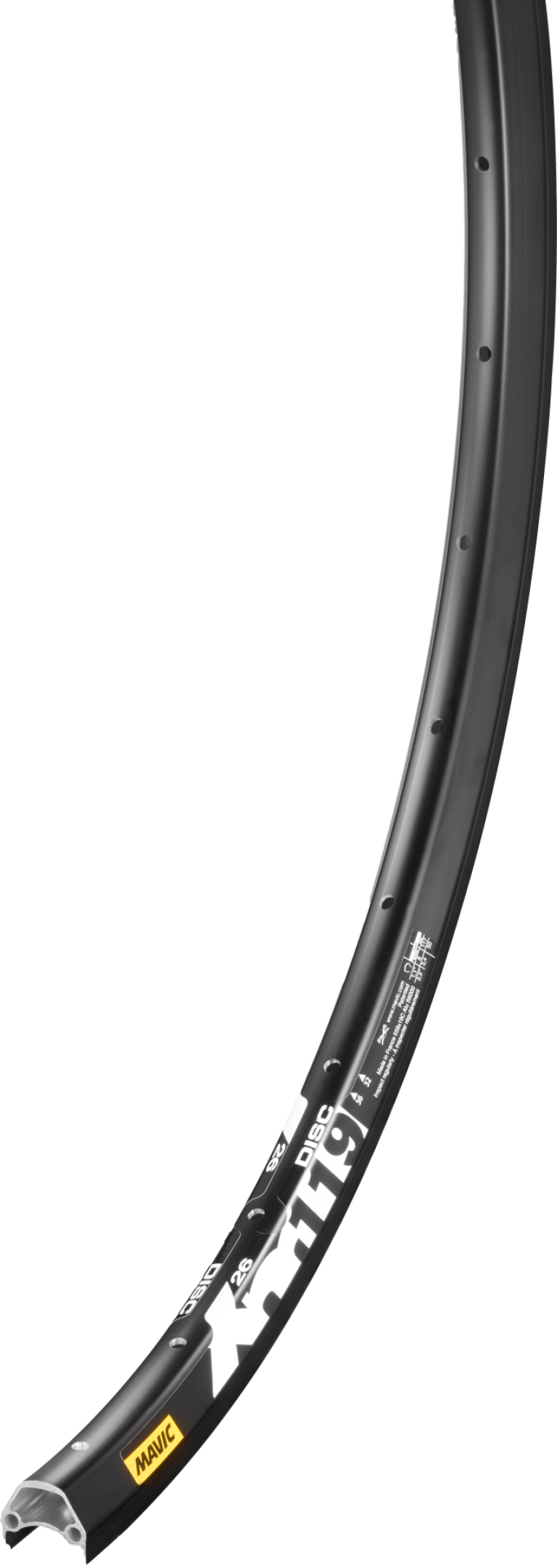What are the advantages of tubeless setups for downhill mountain bikes?
By doing away with the inner tube, the tubeless system reduces the risk of pinch flats, which are common when landing hard or on rocky terrain. The ability to ride at lower pressures increases traction and enables the tire to absorb rough terrain more effectively. In DH mountain biking, where every detail counts, opting for a tubeless setup guarantees better performance and reliability.

